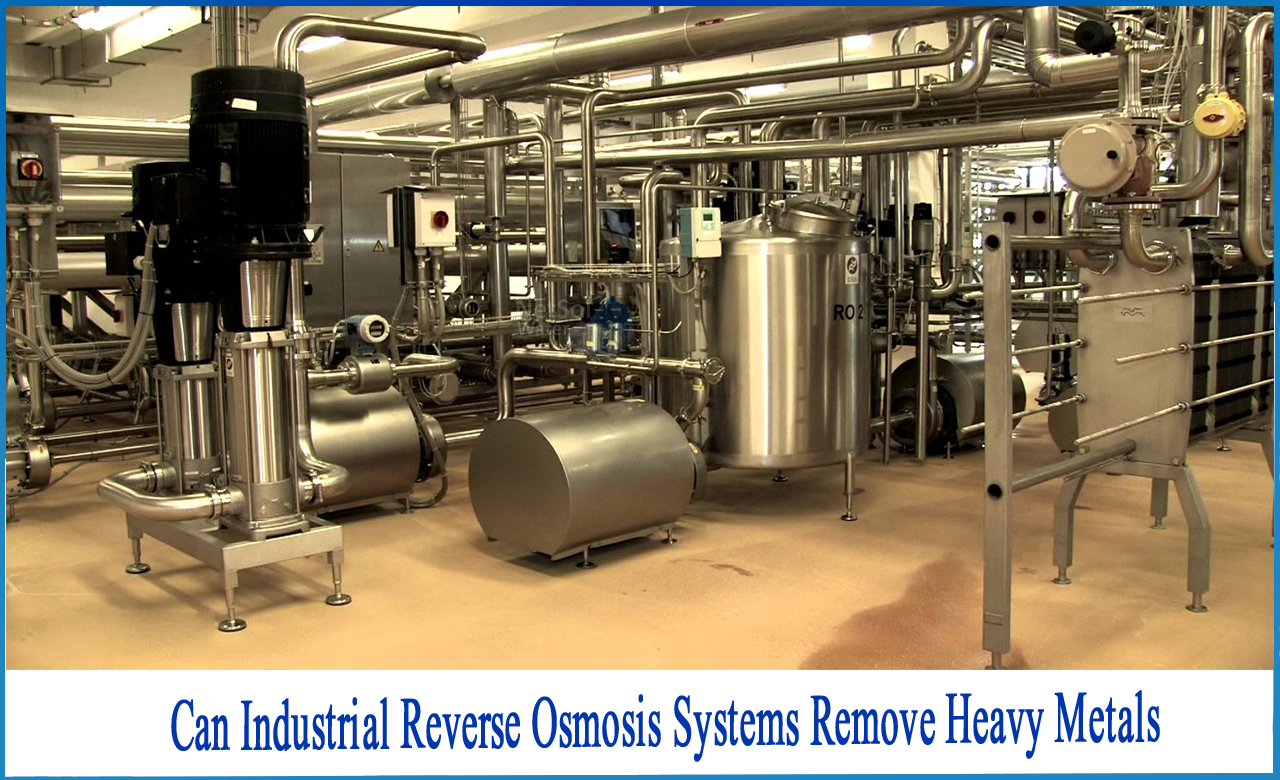What are heavy metals and why are they unwanted?
Heavy metals, which include metals and metalloids including arsenic, cadmium, chromium, cobalt, copper, iron, lead, manganese, mercury, nickel, tin, and zinc, are a category of trace elements. They have a density of over 4 106 mg/L, which is rather high. Metal ions have been shown to pollute the soil, environment, and water systems, and they are hazardous even at low amounts.
Heavy metals in water come from two sources: natural and manmade. Landfills, fuel combustion, street run-offs, sewage, agricultural activities, mining, and industrial pollutants such as textile dyes are examples of natural sources, while anthropogenic sources include landfills, fuel combustion, street run-offs, sewage, agricultural activities, mining, and industrial pollutants such as textile dyes.
Contamination of aquatic systems is a severe environmental problem, thus developing an effective and appropriate method to remove heavy metals from aqueous solutions is critical. Heavy metals are often removed from wastewater using wastewater treatment procedures such as chemical precipitation, extraction, reverse osmosis, and adsorption technologies.
Can Industrial Reverse Osmosis systems remove heavy metals?
Yes… they do!
The pore size of the reverse osmosis membrane is nanometers (1 nanometer = 10-9 metres). H2O molecules can travel through the RO membrane at a given pressure, even when the source water includes inorganic salts, heavy metal ions, organic debris, colloids, bacteria, viruses, and other contaminants. Because impurities cannot travel through the RO membrane, pure permeable water and concentrated impermeable water are clearly differentiated.
Because the particle size of its own membrane is tiny enough, reverse osmosis technology can only pass water molecules in the solution, while other substances are throttled, allowing heavy metal ions to be collected.
Engineering application of RO for heavy metal removal
(1) Nickel-plated wastewater treatment: Reverse osmosis treatment of nickel-plated wastewater is widely employed, with hundreds of units now in operation. The divalent nickel ion separation rate is 97.2 %-97.7%, and the nickel recovery rate is better than 99 percent.
(2) Chrome plating wastewater:Reverse osmosis is frequently used to treat chromium plating wastewater. Polysulfone amide membranes with good acid and oxidation resistance developed in are commonly used in reverse osmosis membranes. The chromium removal rate is 93 percent to 97 percent when the concentration of butyric anhydride in chromium-containing effluent is 5000 mg/L and the working pressure is 4 MPa.
Technical assistance and guidance!
Netsol Water collaborates with a wide range of international organizations to tackle complicated RO problems by strategically integrating modern treatment technology with practical solutions.
Call us if you want the best water treatment system for your home or business. Our services include Commercial RO Plants, Industrial RO Plants, STPs, ETPs, as well as a variety of useful after-sales services. Our professionals will check the customer's location first, then explain the available options and thus, allow you to select what is best for your property. You can always find useful information by liking and following us on YouTube and LinkedIn.




